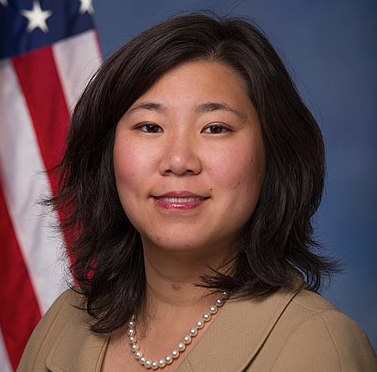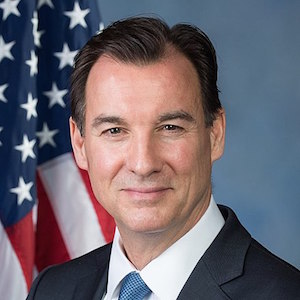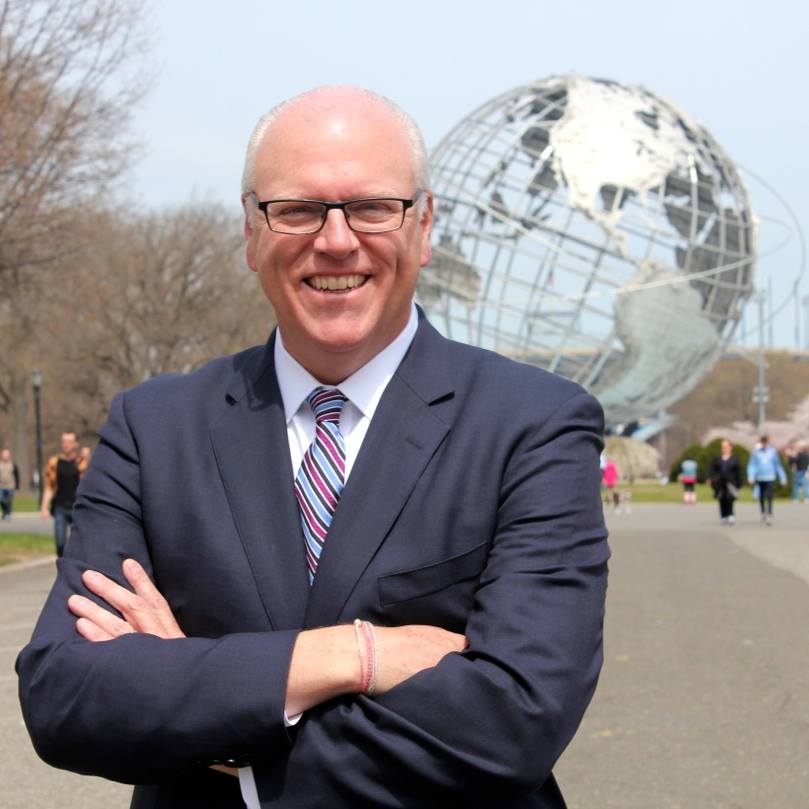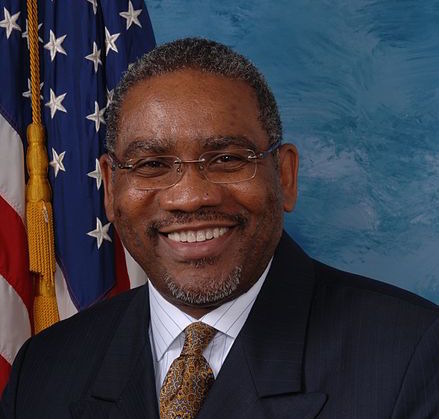A group of federal lawmakers has won a silent victory in the recently passed Omnibus bill that seeks to reduce excessive airplane noise in Queens.


U.S. Reps. Grace Meng (D-Queens), Tom Suozzi (D-L.I./Queens), Joe Crowley (D-Queens/Bronx), Greg Meeks (D-Queens), Hakeem Jeffries (D-Brooklyn/Queens) and Kathleen Rice (D-L.I.), members of the Congressional Quiet Skies Caucus, announced earlier today a provision in the newly enacted omnibus appropriations bill which directs the Federal Aviation Administration (FAA) to examine new methods of measuring aircraft noise in order to reduce the impact of excessive airplane noise over their districts.
The provision directs the FAA to evaluate alternative metrics to the Day-Night Average Sound Level (DNL) 65, the current national standard at which the agency determines acceptable levels of aircraft noise. For noise, that involves limiting the number of people exposed to 65 decibels (dB) or significant noise levels.
Queens is home to both of the city’s main airports, Laguardia and John F. Kennedy International located in East Elmhurst and Jamaica, respectively.
“The metric of 65 DNL has long been outdated and does not adequately measure the true impact of aircraft noise. That is why it’s time to for the FAA to reevaluate it. The blistering sounds of airplane noise in Queens continues to negatively impact the quality of life of borough residents, and looking at a more accurate measurement of noise effects would go a long way towards creating quieter skies over our communities,” said Meng.
The newly enacted measure directs FAA to look at using more accurate metrics to measure effects of noise and encourages the agency to make these recommendations based on actual noise levels.
“Queens and Long Island residents deserve to live in peace and quiet. This provision will require the FAA to take important steps in addressing noise reduction so people are not bombarded at all hours of the day and night,” said Suozzi.
Presently, measuring the impact of noise relies heavily on modeling and simulations to determine “annoyance” levels of aircraft noise over communities, and rarely takes into account actual noise on the ground.

“I’m deeply concerned about the long-term impact noise pollution has on the health and well-being of my neighbors in Queens. Our communities have been burdened with a barrage of noise from airplanes and helicopters because of our proximity to two major airports, and this provision will help us better understand and curb the impact of noise pollution,” said Crowley, Chairman of the House Democratic Caucus.
According to the FAA, the number of people exposed to significant noise levels was reduced by approximately 90 percent between 1975 and 2000.

“The science on this topic is clear: the 65 DNL threshold is not a sufficient measure to protect Americans. But it doesn’t take a scientist to understand that current noise levels are simply too high in communities around our airports. I eagerly await the FAA’s findings on alternative metrics, and I know many of my constituents do, as well. It is long past time for the FAA to route flight paths more thoughtfully” said Meeks.
However, according to the National Institute of Deafness & Other Communication Disorders (NIDCD), urban populations are exposed to higher average noise levels due to vehicles, aircraft and loud outdoor noise, at sounds level of 90 to 100 decibels or greater.

“Deafening airplane noise that incessantly pollutes many neighborhoods in New York City is an unacceptable scourge that must be corrected. We have committed ourselves to taking up that fight. The FAA must find an effective solution to this problem. This appears to be a step in the right direction,” said Jeffries.









